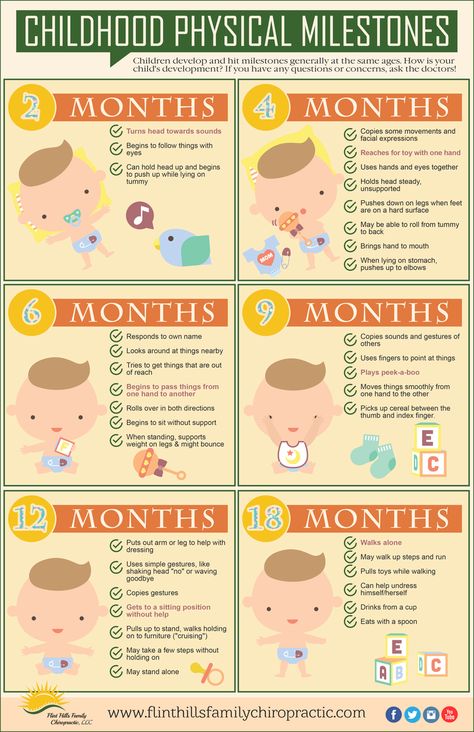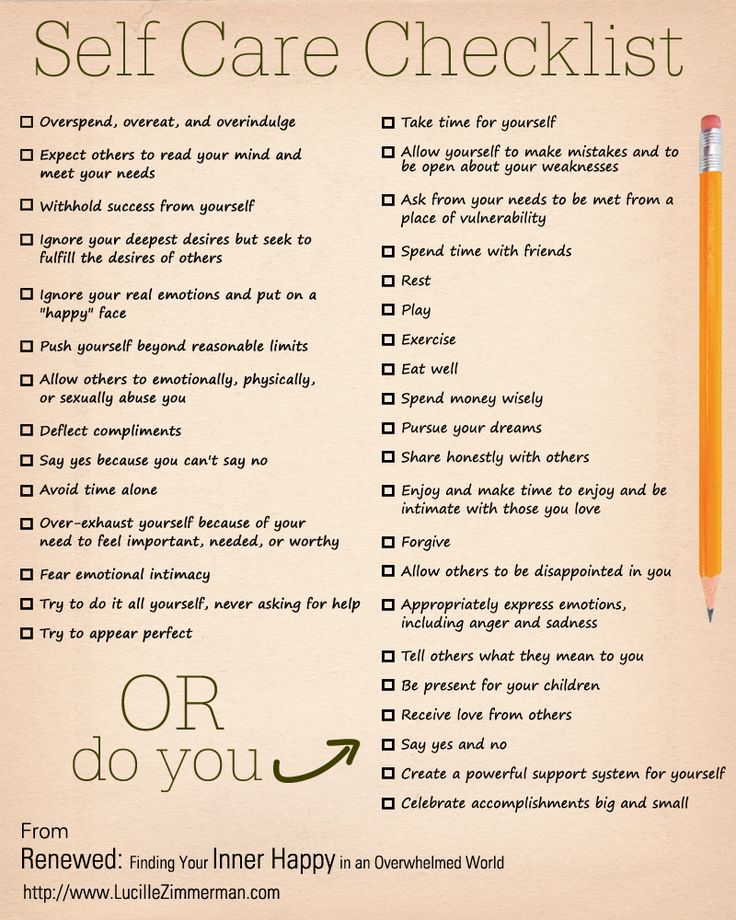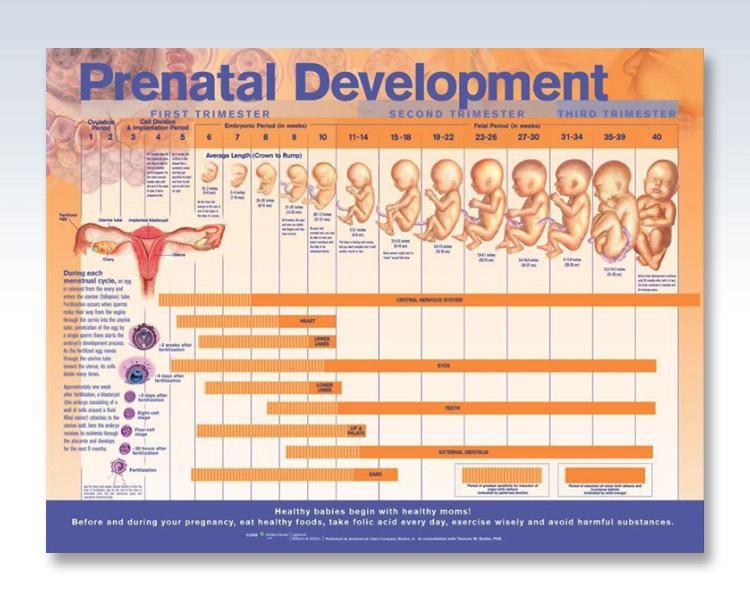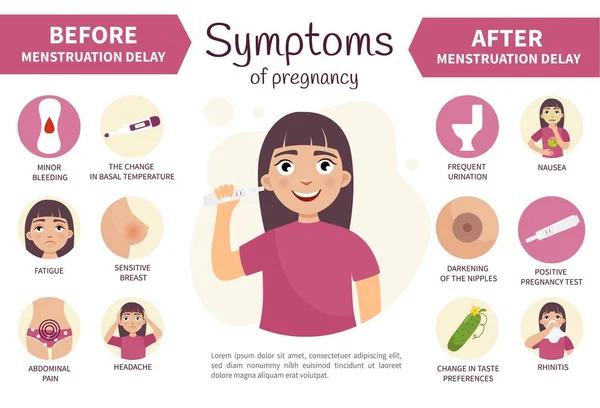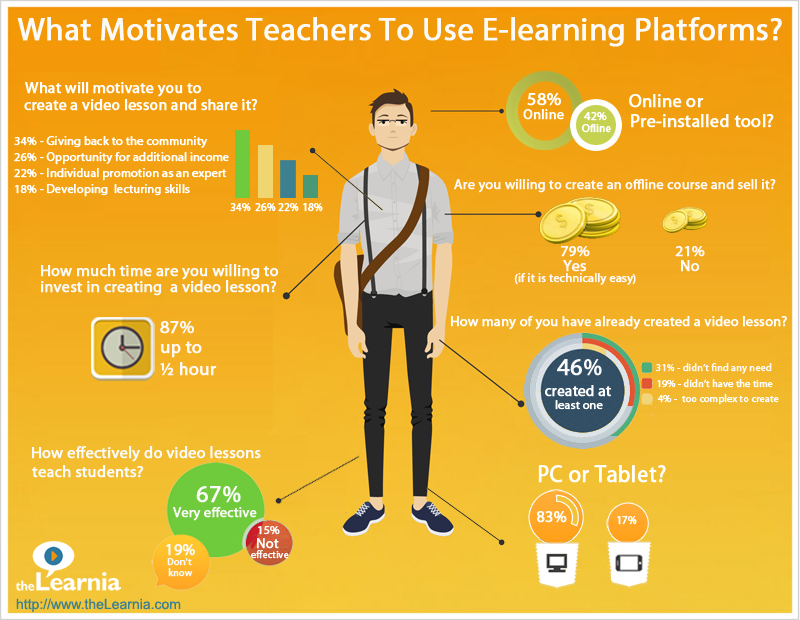How much does child day care cost
This is how much child care costs in 2022
More than half — 59% — of parents say they’re more concerned about child care costs now than in years prior. That’s just one finding of many in the Care.com 2022 Cost of Care Survey that illustrate the uphill battle parents are facing when it comes to affording and accessing quality child care.
The world has changed immeasurably over the last two years due to the pandemic and economic struggles, and families have certainly felt the shift when it comes to the cost of child care. Making matters worse: Nearly 9,000 day cares closed in 37 states between December 2019 to March 2021, according to findings from a new 2022 survey by ChildCare Aware.
“When it comes to child care, there are three critical criteria – cost, quality and availability – and based on our research findings, we’ve not only failed to make progress as a country, we’ve actually gone backwards,” said Natalie Mayslich, President, Consumer, Care.com. “Costs are growing while availability is shrinking and that’s having a profound impact on the workforce and consumer spending. We’ve all seen what happens when parents can’t work; making child care more affordable and accessible has to be a priority for all.”
New data from the ninth annual Care.com 2022 Cost of Care Survey reveals:
- The cost of child care is higher for families in 2022. 51% of parents say they spend more than 20% of their household income on child care, and 72% of parents report spending 10% or more. This is up from 70%, according to Care.com data from pre-pandemic 2019, the most recent year that mirrors parents’ options today.
- Quality child care continues to be tough for parents to find. In fact, 43% of parents say it’s much harder to find child care over the past year.
- Parents continue to struggle to pay for child care. In fact, 59% are more concerned about child care costs now than in years prior, which is driving significant changes, such as taking on a second job (31%), reducing hours at work (26%), changing jobs (25%), and leaving the workforce entirely (21%), to foot the bill.

How much does child care cost?
The cost of child care is on the rise
Based on the 2022 Cost of Care Survey, child care is not in the affordable range for most families. Of parents surveyed, 72% say they are spending 10% or more of their household income on child care, with a majority (51%) spending more than 20% or more. Yet according to the U.S. Department of Health and Human Services (HHS), child care is considered affordable when it costs families no more than 7% of their household income.
According to survey data, 63% report that child care is more expensive over the past year. The reasons parents say prices are skyrocketing include:
- Child care centers increased costs (46%).
- Inflation (41%).
- Child care centers taking fewer children (36%).
Interactive: Check out our Cost Calculator to figure out how much child care costs in your area.
The cost of child care can exceed that of a college education
The survey also finds that more than half of families (58%) plan to spend more than $10,000 on child care this year, which is more than the average annual cost of in-state college tuition ($9,349) per EducationData. org.
org.
Every type of child care is pricier than it was pre-pandemic
Overall, the average child care cost for one child in 2021 was $694/week for a nanny (up from $565/week in 2019), $226/week for a child care or day care center (up from $182/week) and $221/week for a family care center (up from $177/week).
Below are the 2021 national averages of weekly child care costs for each type of care, compared to costs in 2019.
National average weekly child care rates
| 2021 | 2019 | 2021 | 2019 | |
| One child | One child | Two children | Two children | |
| Nanny* | $694 | $565 | $715 | $585 |
| Child care center (toddler) | $226 | $215 | $429** | $409** |
| Family care center* | $221 | $201 | $420** | $382** |
| After-school sitter | $261 | $243 | $269 | $246 |
*Rates for infant children.

**Rates for two children calculated by adding the weekly rate for one child and the weekly rate for the second child with a national average sibling discount of 10%.
What’s the impact of rising child care costs on parents?
More than half — 59% — of parents say they’re more concerned about child care costs now than in years prior. The good news is that the majority (68%) budget for child care costs and nearly two-thirds (65%) say they will stay within or under budget.
Parents are cutting back on essentials
In turn, parents are making sacrifices to afford care and cutting back on budgets for:
- Vacations and travel (51%).
- Leisure activities (51%).
- Food, dining (45%).
- Clothing (41%).
- Extracurriculars (37%).
They’re also overhauling their work — and personal — lives
Many also plan to make the following work changes to adhere to rising care costs:
- 31% are considering taking on a second job.
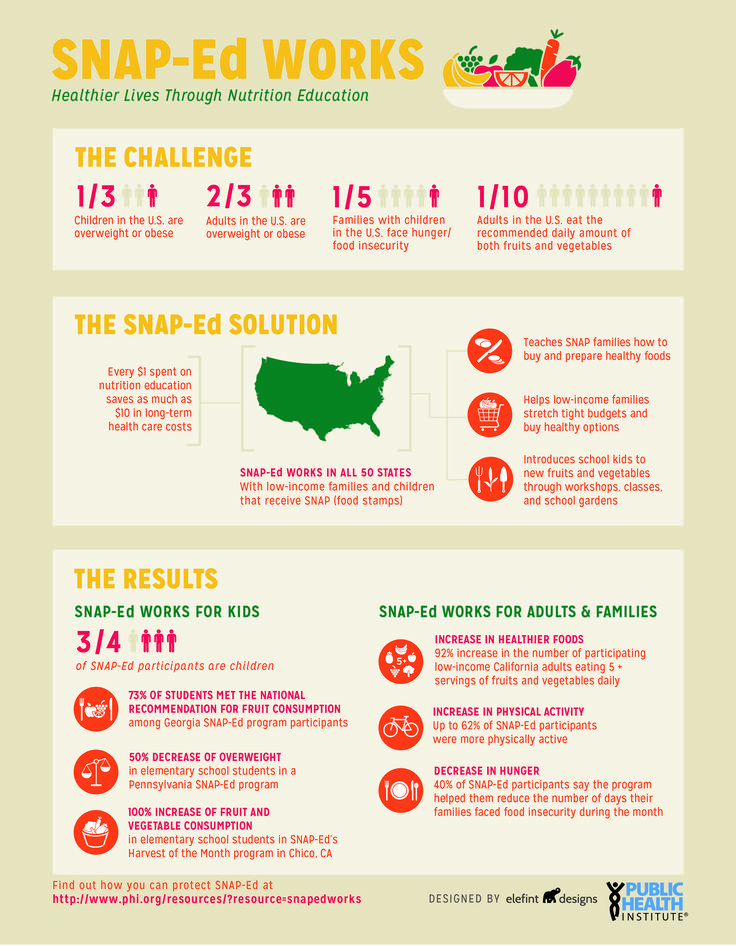
- 26% are reducing hours at work.
- 25% are changing jobs.
- 21% leaving the workforce entirely.
Survey respondents are also adjusting their family plans to stay on track financially. 35% say they’re less likely to have more children with 43% listing the rising cost of child care as a major reason why.
How accessible is quality child care?
Parents say it’s harder to find child care providers than it was last year
Almost half of parents surveyed — 43% — say it’s much harder to find child care providers over the past year. According to our survey:
- 40% are having trouble finding a nanny.
- 39% are struggling to get care through a family care center.
- 37% find it challenging to book a babysitter.
- 36% are facing an uphill battle with finding a quality day care.
Child care providers are pricier to come by in some areas
Depending on where families live, the cost of hiring a nanny or paying for a day care can well exceed the national average. For example, in the District of Columbia, the cost of a nanny ($855 a week) is 23% above the national average, and the cost of day care ($419 a week) is 85% above the national average.
For example, in the District of Columbia, the cost of a nanny ($855 a week) is 23% above the national average, and the cost of day care ($419 a week) is 85% above the national average.
These are the priciest places to live if you’re hiring a nanny or sending kids to day care:
| State | Weekly Rate | $ Above National Avg | % Above National Avg |
| 1. District of Columbia | $855 | $161 | 23% |
| 2. Washington | $840 | $146 | 21% |
| 3. Massachusetts | $834 | $140 | 20% |
| 4. California | $829 | $135 | 19% |
| 5. Colorado | $763 | $69 | 10% |
| 6. Oregon | $741 | $47 | 7% |
| 7. New York | $736 | $42 | 6% |
| 8. Connecticut | $734 | $40 | 6% |
9. New Jersey New Jersey | $715 | $21 | 3% |
| 10. Vermont | $706 | $12 | 2% |
| State | Weekly Rate | $ Above National Avg | % Above National Avg |
| 1. District of Columbia | $419 | $193 | 85% |
| 2. Massachusetts | $324 | $98 | 44% |
| 3. Washington | $304 | $78 | 34% |
| 4. California | $286 | $60 | 26% |
| 5. Connecticut | $258 | $33 | 14% |
| 6. New York | $258 | $32 | 14% |
| 7. Arkansas | $255 | $29 | 13% |
| 8. Maryland | $254 | $28 | 12% |
| 9. Colorado | $254 | $28 | 12% |
| 10. Oregon | $249 | $23 | 10% |
How can you save money on child care?
As the cost of child care continues to rise, consider these steps to make the expense more affordable.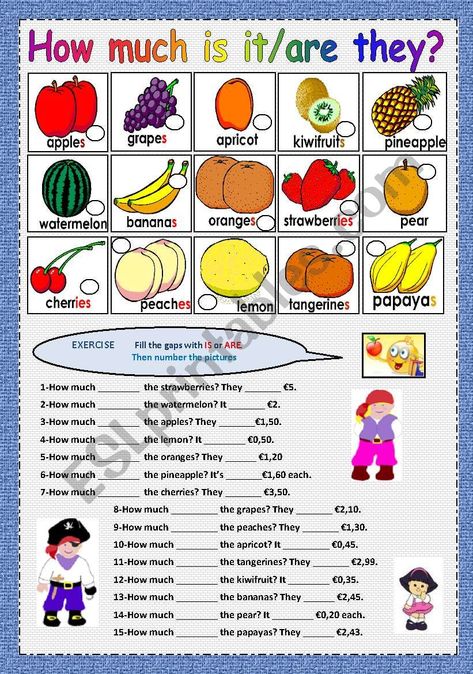
Find the best care for your budget
Once you’re clear on what you can afford, you can steer toward the child care option that’s the best fit for your family. The first step: Research current rates in your area. Care.com has free interactive tools you can use to identify the average costs of full-time child care, nanny and babysitter rates and nanny taxes in your region.
Discuss care benefits with your employer
Whether you’re hoping to find backup child or adult care or utilize paid family leave, it can pay to investigate whether or not your employer offers family care benefits. And if they don’t, ask for them.
It’s quite possible that they’ll be open to the idea now more than ever. Due to the pandemic, 57% of employers are prioritizing child care benefits more this year, and 63% said they plan to increase their company’s already existing child care benefits, according to Care.com’s 2021 Future of Benefits Report.
Set aside pre-tax dollars to pay for care
Talk to your workplace Human Resources department to see if a Dependent Care Account (a type of flexible spending account, or FSA) is available to you and how you can get started.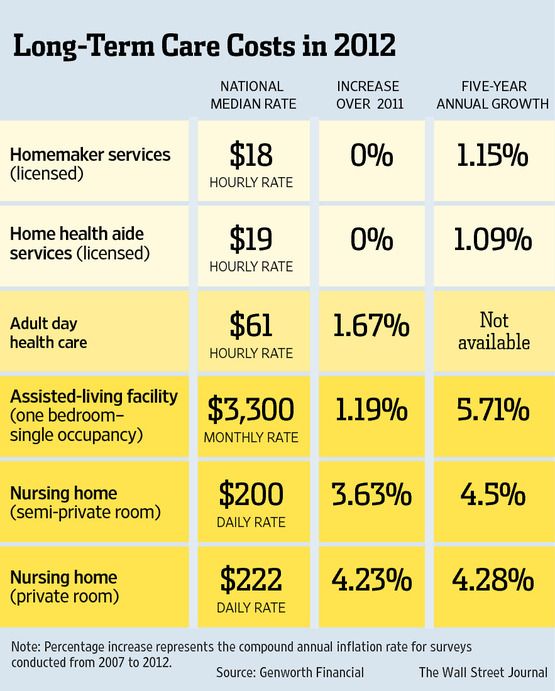 With this account, you can put aside up to $5,000 in pre-tax dollars in your Dependent Care Account to pay for dependent care expenses. (Generally, only one spouse can enroll.)
With this account, you can put aside up to $5,000 in pre-tax dollars in your Dependent Care Account to pay for dependent care expenses. (Generally, only one spouse can enroll.)
The savings you will ultimately see varies depending on what your marginal tax rate is. A good approximation is around $2,000 in tax savings, assuming the family uses the full $5,000.
Make the most of tax breaks and credits
By paying your caregiver on the books, you can take advantage of tax breaks and credits. For example, by itemizing care-related expenses on your federal income return, you could receive a Child and Dependent Care Tax Credit on up to $600 of care-related expenses if you have one child, or $1,200 of care-related expenses if you have two or more children.
This year’s Cost of Care survey concluded that just over 1/3 of parents (34%) did not claim the expanded child care tax credit on their 2021 taxes, and 43% say that’s because they were unaware of it.
In addition, parents can save $2,000 per child using the Child Tax Credit.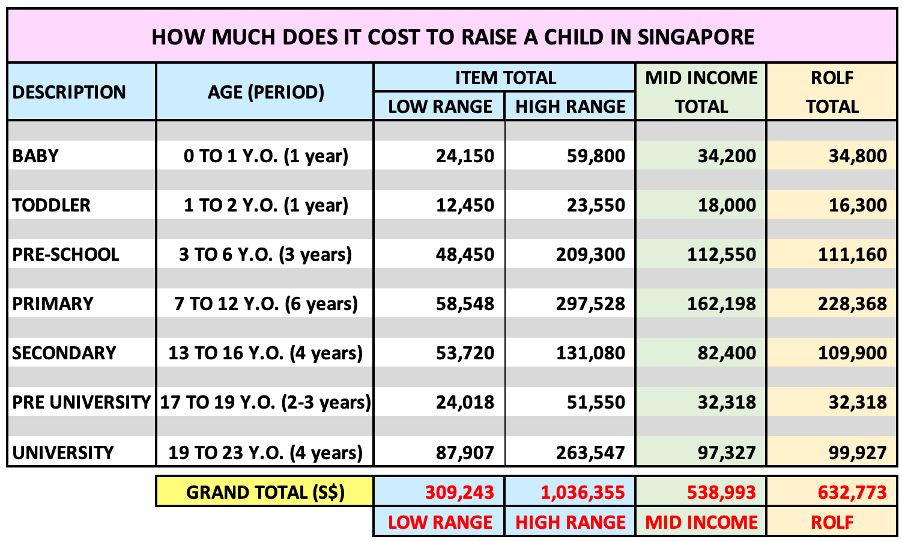
Research child care subsidies and programs
Depending on your income, employee benefits and other factors, your family might qualify for a variety of cost-cutting child care subsidies. We’ve rounded up various programs, resources and other options that could reduce how much you’re paying for quality care.
__________________________
2022 Cost of Care Survey methodology
This scientific sample of 3,003 US adults (18 years or older) who are all parents paying for professional child care was surveyed between March 24, 2022, and March 30, 2022. All respondents are parents of children 14 years or younger and currently pay for professional child care, confirmed by both consumer-matched data and self-confirmation. DKC Analytics conducted and analyzed this survey with a sample procured using the Pollfish survey delivery platform, which delivers online surveys globally through mobile apps and the mobile web along with the desktop web. No post-stratification has been applied to the results.
- The Care.com Cost of Child Care Survey: 2021 Report
- The Care.com Cost of Child Care and COVID-19 Child Care Surveys: 2020 Report
- The Care.com Cost of Child Care Survey: 2019 Report
- The Care.com Cost of Child Care Survey: 2018 Report
- The Care.com Cost of Child Care Survey: 2017 Report
- The Care.com Cost of Child Care Survey: 2016 Report
- The Care.com Cost of Child Care Survey: 2015 Report
- The Care.com Cost of Child Care Survey: 2014 Report
Average Cost of Child Care 2022
Cavan Images/Getty Images
6 min read Published July 07, 2022
Bankrate logoHow is this page expert verified?
At Bankrate, we take the accuracy of our content seriously.
“Expert verified” means that our Financial Review Board thoroughly evaluated the article for accuracy and clarity. The Review Board comprises a panel of financial experts whose objective is to ensure that our content is always objective and balanced.
Their reviews hold us accountable for publishing high-quality and trustworthy content.
About our Review Board
Bankrate logoThe Bankrate promise
At Bankrate we strive to help you make smarter financial decisions. While we adhere to strict , this post may contain references to products from our partners. Here's an explanation for . The content on this page is accurate as of the posting date; however, some of the offers mentioned may have expired. Terms apply to the offers listed on this page. Any opinions, analyses, reviews or recommendations expressed in this article are those of the author’s alone, and have not been reviewed, approved or otherwise endorsed by any card issuer.
When planning for a baby, there are a number of costs that parents will take into consideration before their bundle of joy arrives. Child care is often the most expensive line item.
Yet access to reliable child care is essential for many families who rely on this support in order to be able to work full-time jobs, attend school and increase their own wealth.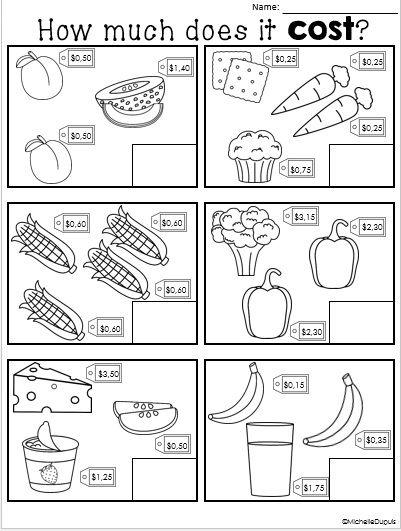 This need was highlighted during the height of the pandemic when parents, predominantly mothers, began to leave the workforce in droves as schools, daycares and child care centers shut down or transitioned to a remote model. Many women are still recovering from the financial impact.
This need was highlighted during the height of the pandemic when parents, predominantly mothers, began to leave the workforce in droves as schools, daycares and child care centers shut down or transitioned to a remote model. Many women are still recovering from the financial impact.
Despite the need for child care, it appears that cost will continue to rise for families all over the country. According to the latest Care.com Cost of Care Survey, the cost of child care is higher for families in 2022. Over half of the parents surveyed report spending more than 20 percent of their household income on child care, and 72 percent of parents report spending 10 percent or more. This is up from 70 percent, according to Care.com data from 2019, the most recent year that mirrors parents’ options today.
LightbulbBankrate insight
- The average weekly cost of a nanny for one child in 2021: $694
- The average weekly cost of a child care or daycare center for one child in 2021: $226
- The average weekly cost of a family care center for one child in 2021: $221
- The average weekly cost of an after-school sitter for one child in 2021: $261
- Most expensive state for hiring a nanny: Washington, D.
 C.: $855 per week
C.: $855 per week - Most expensive state for daycare: $419 per week
- Percentage of parents who cite rising child care costs as their reason for adjusting their family plans: 43 percent
- Percentage of parents who spend more than 10 percent of their annual income on child care: 72 percent
- Percentage of parents who spend more than 20 percent of their annual income on child care: 51 percent
- The average amount spent on child care per month: $850
- The average amount spent on a nanny per month: $2,450
- Percentage of employers who offer some form of child care benefit: 56 percent
The cost of child care in various settings
The amount you can expect to pay for child care will vary greatly depending on the setting. Some parents might prefer to keep their child at home with a nanny, others may want to take their child to a daycare center. Some parents may not need full-time care and opt for an after-school care program that gives them the extra time they need to get through their work day.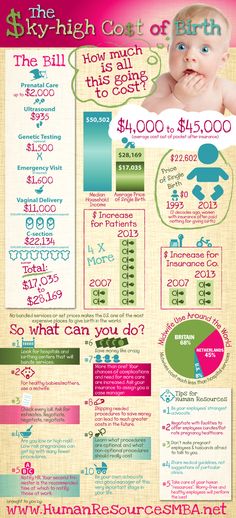
Here’s a look at the average cost of child care depending on the type of care you seek. These figures are based on the 2021 costs for infant children (with the exception of after-school care costs):
| 1 | $226 | $694 | $221 | $261 |
| 2 | $429 | $715 | $420 | $269 |
It’s also important to note that the amount you pay will also change depending on your child’s age. The amount you pay for child care will vary depending on how many children you have, as well as their ages. In most cases, you can expect to pay more for a delicate infant who requires more hands-on attention than you would for an elementary-aged child who is more independent. With such a wide range of costs, it’s important to weigh your options and determine which environment will best meet you and your family’s needs.
Child care/daycare centers
| Often more affordable than a private nanny | Often a lengthy waiting list |
| Reliable care and regular hours | Caregivers caring for multiple children at the same time |
| Opportunity for children to socialize with other children in the same age group | Exposure to more illnesses in a group setting |
| Staff members often trained in early childhood education | Often strict pick-up and drop-off times that may not work with your work schedule |
| Daycare centers are licensed and regulated, ensuring ample supervision and quality care | Typically closed during major holidays |
Home/ family care
| Usually less expensive than other child care options | Can be unreliable if the caretaker gets sick or takes time off |
| Often a more comforting and nurturing environment | Your child may be exposed to more illnesses in a group setting |
| Typically smaller groups of children | Potential lack of formal childhood education background among home daycare providers |
| Opportunity for children to socialize with other children in the same age group | Fewer licensing requirements |
| Often more flexible pick-up and drop-off times | Many closed for holidays and vacations |
Nanny/sitter
| More personalized care for your child | Typically the most expensive child care option |
| No need to commute to a daycare center | Zero supervision |
| Flexible hours | Need for planned activities so your child can socialize with others in their age group |
| A setting more familiar to your child | Can be unreliable if your nanny becomes sick, goes on vacation or quits unexpectedly |
| Child care available if your child gets sick | Can involve a great deal of legal paperwork |
After school care
| Defined curriculums and planned enrichment activities for your children | Only open during the school year |
| Often an affordable option | Possibly overwhelming number of hours for your child to spend at school |
| Boosts social skills | Interrupts unstructured play time |
| Licensed and regulated | Can blur lines for parents and make it harder to establish a hard stop time at work |
| On school property, meaning you can skip a commute | May not be an option for all of your children if they vary in age |
The most (and least) affordable states for childcare
Several factors will impact how much you can cover in terms of child care costs, including your family makeup.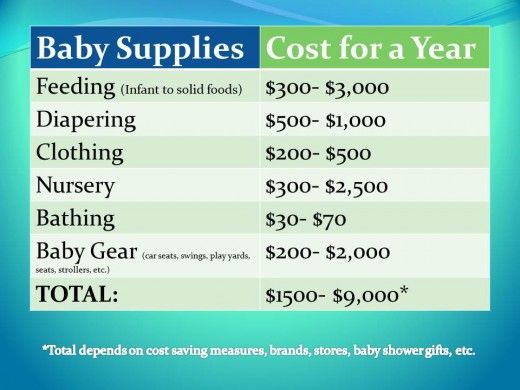 Here’s a look at the five most affordable and least affordable states for child care, as well as the percentage of your annual income that you can expect to pay for child care whether you’re a single parent or if both you and your spouse will contribute to these costs.
Here’s a look at the five most affordable and least affordable states for child care, as well as the percentage of your annual income that you can expect to pay for child care whether you’re a single parent or if both you and your spouse will contribute to these costs.
| Utah | $8,268 | 25.3% | 8.9% |
| Florida | $7,186 | 24.3% | 8.3% |
| Missouri | $7,062 | 26.1% | 7.6% |
| South Dakota | $6,667 | 23.7% | 7.2% |
| Mississippi | $5,439 | 25.5% | 6.7% |
| Massachusetts | $16,781 | 51.4% | 12% |
| Washington | $13,404 | 41.2% | 12.4% |
| New York | $12,844 | 41.7% | 11.6% |
| Vermont | $12,835 | 41.6% | 12.8% |
| Michigan | $11,086 | 41.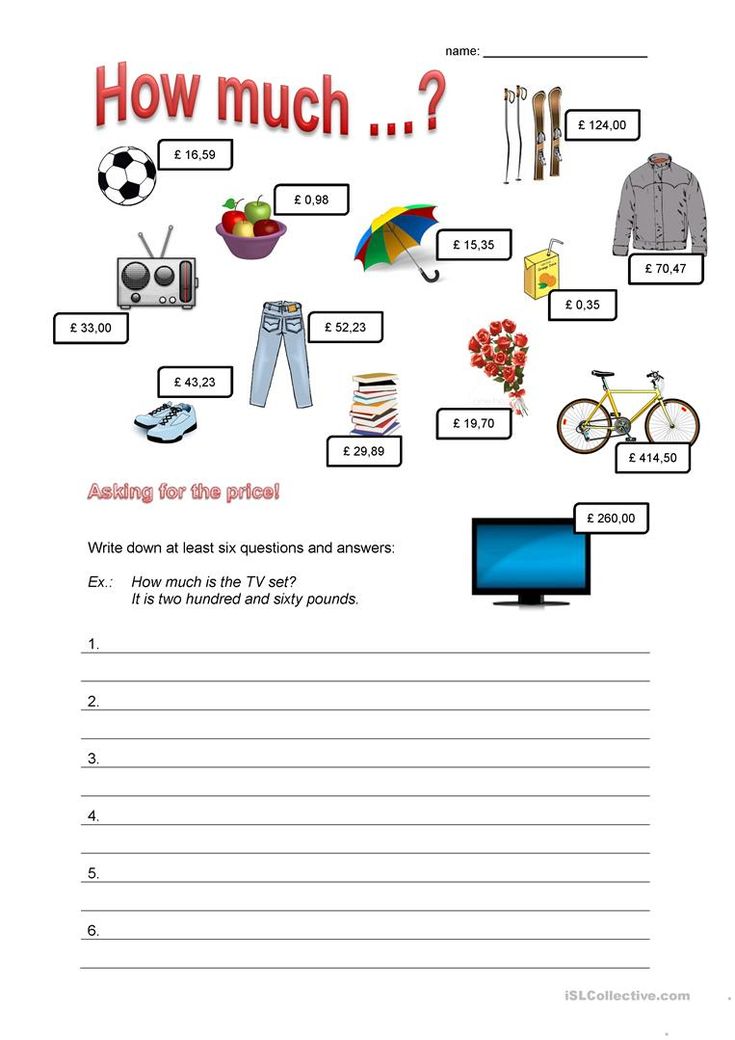 8% 8% | 11.4% |
The state of child care today
Child care costs have been on the rise for decades, but the pandemic certainly made matters worse for many families. Nearly 9,000 daycares closed in 37 states between December 2019 and March 2021, according to findings from a new 2022 survey by ChildCare Aware. This increase in closures, paired with a rise in popularity of remote learning models, forced many families to rethink their priorities. In many households, one of the parents or family members assumed child care responsibilities.
Most recently, inflation has also contributed to these rising costs. In fact, a recent report found that child care costs are outpacing inflation by more than 3 percent. This, paired with higher costs for everyday goods like groceries, gas and housing, is making child care significantly less accessible, particularly for lower-earning families.
How parents and guardians are managing the costs
For many parents, coping with rising costs has been a challenge.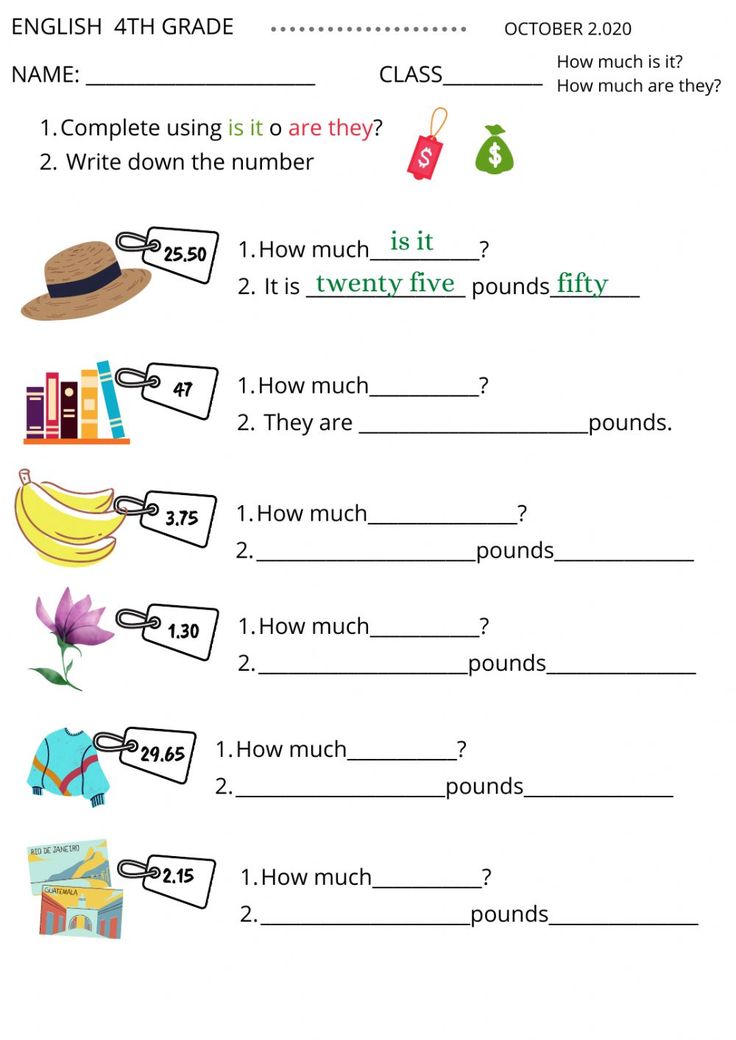 Many have considered alternative options and made bigger lifestyle changes to make ends meet. According to the Care.com survey, 31 percent of parents say they have considered taking on a second job. Of those surveyed, 26 percent say they will reduce their work hours. A quarter of these parents are changing jobs, and more than 20 percent say they plan to leave the workforce altogether.
Many have considered alternative options and made bigger lifestyle changes to make ends meet. According to the Care.com survey, 31 percent of parents say they have considered taking on a second job. Of those surveyed, 26 percent say they will reduce their work hours. A quarter of these parents are changing jobs, and more than 20 percent say they plan to leave the workforce altogether.
If you’re looking for a starting point to help you determine how much you can expect to pay for child care in your area, Care.com and CostofChildCare.org both provide useful calculators that can crunch the numbers for you based on your preferences and needs.
6 ways to lower the costs of child care
If you’re struggling to meet your child care costs, there are a number of ways you can reduce that financial burden.
- Reach out to your employer: Some employers offer child care assistance as an added benefit for their employees. Revisit your employee benefits package, or contact your HR representative to see if this is an option for you.

- See if you qualify for a tax break: Per the IRS, you may be able to claim the child and dependent care credit if you paid expenses for the care of a qualifying individual to enable you (and your spouse, if filing a joint return) to work or actively look for work. This could help offset care costs for this year or next.
- Check your flexible-spending account: FSA’s are sometimes part of an employee’s benefits package and can be used to offset child care expenses. You or your spouse can fund a dependent care flex spending account (DCFSA or FSA) and use those funds to reimburse your daycare costs.
- Ask about a sibling discount: Many child care providers will offer a discount for a second or third child. Taking all of your little ones to the same daycare or sitter will help you cut down on your commute and could score you a discount.
- Consider using a credit card: If you’re in a pinch, a credit card could help you cover the cost of child care, but this should be done cautiously.
 Aim to make at least the minimum payment each month, and pay your balance in full if possible. Also, remember to take advantage of your credit card rewards.
Aim to make at least the minimum payment each month, and pay your balance in full if possible. Also, remember to take advantage of your credit card rewards. - Coordinate a nanny share with other parents: Sharing one care provider may be less costly than hiring a private nanny to watch over your children. Ask friends, family or neighbors if they’re open to splitting the costs of a shared nanny.
Bottom line
Child care costs can put a significant financial strain on a family — especially for today’s parents who are up against a staggering inflation rate and are still battling the economic aftermath of the pandemic. The exact amount you can expect to pay will vary greatly depending on your location, how many children you have, how old your children are, the kind of care you seek and more. Still, there are plenty of ways you can reduce the cost of child care and make it manageable for you and your wallet.
Full day in kindergarten in Nizhny Novgorod: prices, reviews and addresses
Full day in kindergarten - prices and reviews. Comparative table of private kindergartens and development centers in Nizhny Novgorod, where there are full-day groups for children from 3 to 7 years old.
Comparative table of private kindergartens and development centers in Nizhny Novgorod, where there are full-day groups for children from 3 to 7 years old.
Service:
Location:
Show
changes
Show map
The Detsad.Firmika.ru portal contains addresses and phone numbers of kindergartens and development centers in Nizhny Novgorod. We suggest finding a kindergarten in your area or near a suitable metro station. Easy-to-compare tables show the cost of a full day in the garden and additional services, so you can easily compare prices in different centers. Of particular interest are reviews about the institutions of Nizhny Novgorod left by visitors to the portal. We carefully monitor their accuracy, trying to publish only comments from real customers. nine0003
How to choose a full-time kindergarten for a child?
Full day kindergarten groups are characterized by long stays.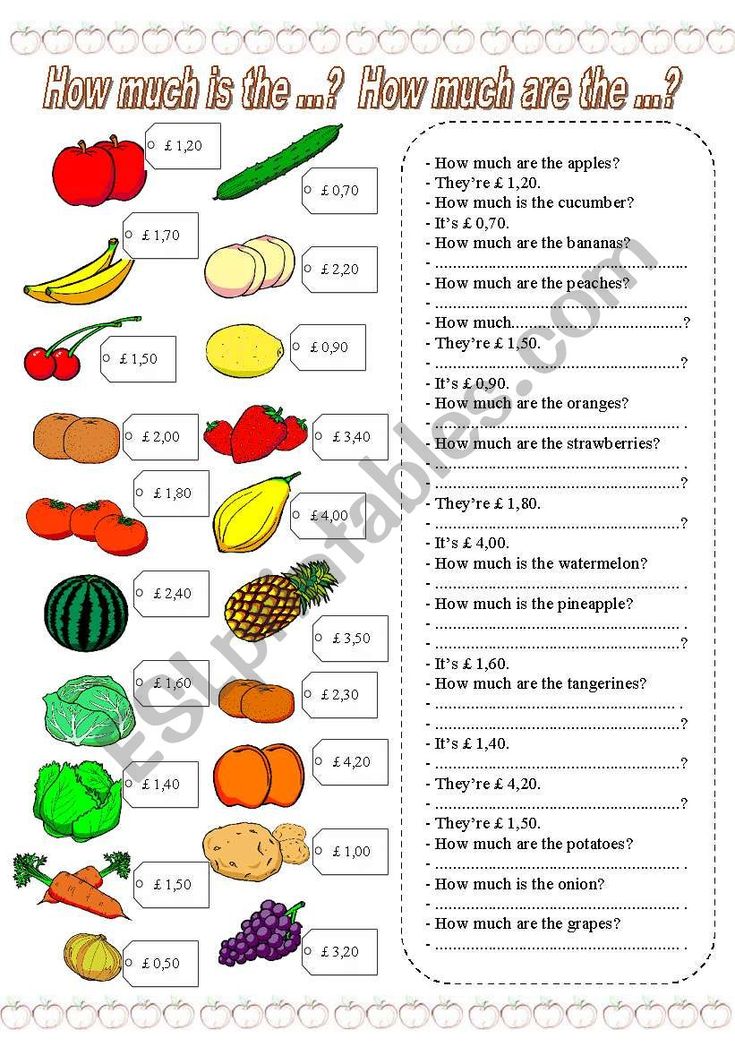 Most private institutions are open from 7:30 am to 5:00 pm. This is very convenient for working parents who can take the baby to the garden in the morning and pick it up after work. How much does a good private kindergarten in Nizhny Novgorod cost, and what should you pay attention to when choosing?
Most private institutions are open from 7:30 am to 5:00 pm. This is very convenient for working parents who can take the baby to the garden in the morning and pick it up after work. How much does a good private kindergarten in Nizhny Novgorod cost, and what should you pay attention to when choosing?
Requirements for a full-time kindergarten
The day regimen in full day groups is organized in blocks of 30-40 minutes. Games, sleep, meals, walks and other activities alternate in such a way that it is better not to pick up children until 4 pm, otherwise they begin to get upset that they did not have time to participate in something interesting.
Usually, attentive and caring teachers work in private kindergartens, who know how to find contact with children. It is imperative to communicate with the teacher and evaluate her pedagogical training, because a psychologically healthy atmosphere in the group is very important for the baby. nine0003
Here are a few more things to consider when choosing:
- Food quality and diet menu for allergy sufferers.
 It is not easy for children with celiac disease or an allergy to fish to choose a kindergarten where they will take into account their characteristics. For all other babies, it is important that the food is complete, balanced and tasty. With a full day, the number of meals varies from 6 to 8.
It is not easy for children with celiac disease or an allergy to fish to choose a kindergarten where they will take into account their characteristics. For all other babies, it is important that the food is complete, balanced and tasty. With a full day, the number of meals varies from 6 to 8. - Cleanliness of the group, quality of toys and bedding. Children spend the whole day in the garden, it must be clean and ventilated there, and it is better when cleaning is carried out with modern preparations, and not with bleach. When examining the group, ask if the pillows and mattresses are new, how often bedding is changed, check what toys the children play with. All constructors, dolls and cars must be age appropriate and serviceable. nine0039
- Development program. Most kindergartens have clubs that can be visited in the afternoon, after lunch. In them, children sculpt, draw, work with designers, put on performances, sing and dance. Sports clubs and foreign language classes are popular.
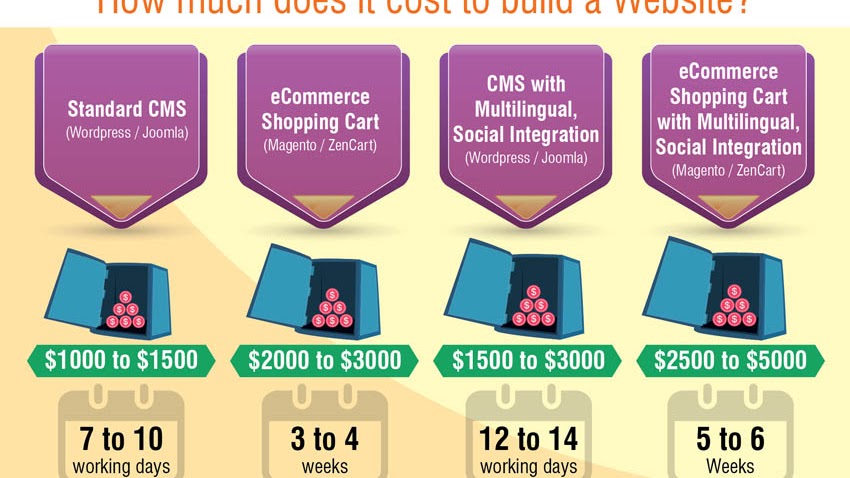 For older groups there is instruction in reading and writing.
For older groups there is instruction in reading and writing. - Help from specialists. There are kindergartens where a speech therapist and a psychologist work, specialists in early development. For children with speech disabilities or with a difficult psychological state - this is the best option. nine0039
- Cost per month. Price is an important parameter for parents, someone needs the most inexpensive garden, and someone is counting on an elite one. On average, prices range from 15,000 to 55,000 rubles; when paying immediately for six months or a year, some companies make discounts.
In addition to the usual walks, children can be offered excursions, going to the circus, cinema or dolphinarium. The monthly fee usually does not include an entertainment program and additional classes. nine0003
To make it convenient to get to the kindergarten, you should use the filter by districts of Nizhny Novgorod and see what good children's institutions operate nearby.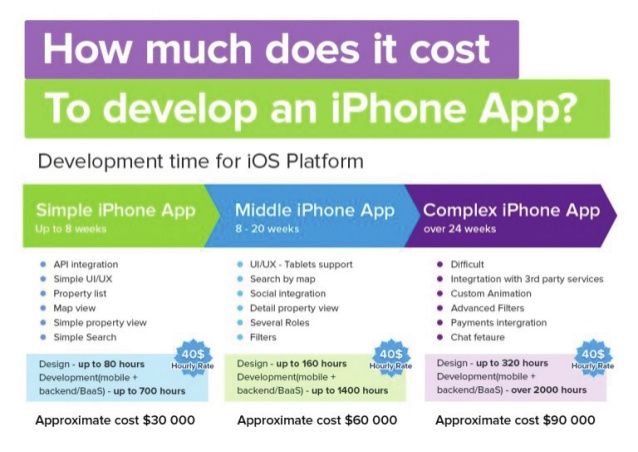
Great help in choosing a garden is provided by the reviews of parents who gave their son or daughter there for a full day. Statements should definitely be read, this will give an idea of the quality of services.
Expert editor: Evgenia Eduardovna Pankratova
Chief editor of information portals Stom-Firms.ru and Firmika.ru. nine0003
Questions on the topic "Full day in kindergarten"
Ask a new question
The question will be asked to all kindergartens on the portal after verification. Answers usually come within a day.Ask a question
Nobody has asked this question yet. You can ask the first one.
Filter by metro Filter by districtsShow on the map0001
Rules for payment for care and maintenance at GBDOU
Payment for the care and care of a child in a state institution is made by parents or persons replacing them, according to a receipt through any bank.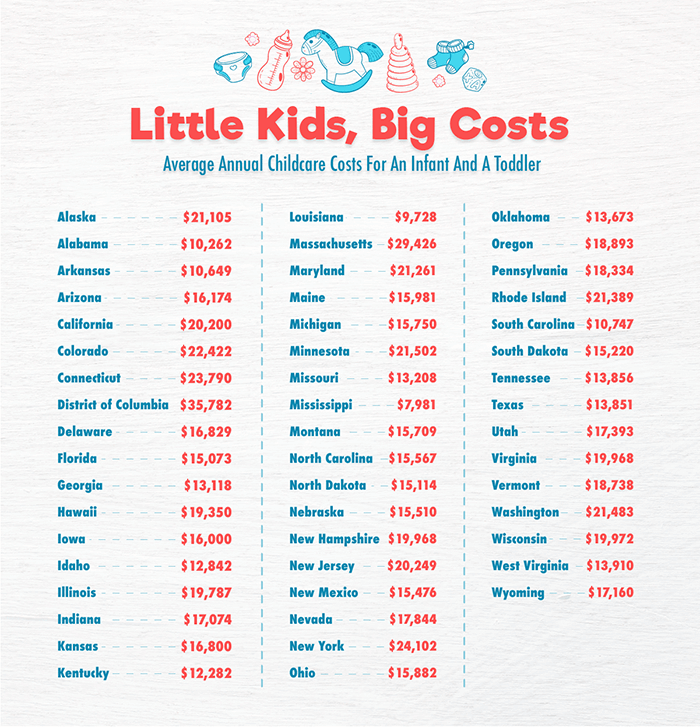 When calculating the amount for the current month, the actual time spent by the child in kindergarten for the previous month is taken into account (there is a recalculation and the amount is reduced). The recalculation of the parental fee is done when the child does not attend a preschool institution for 3 days in a row or more. nine0003
When calculating the amount for the current month, the actual time spent by the child in kindergarten for the previous month is taken into account (there is a recalculation and the amount is reduced). The recalculation of the parental fee is done when the child does not attend a preschool institution for 3 days in a row or more. nine0003
Dear parents!
On the basis of the DECISION of the Government of St. Petersburg dated December 23, 2021 N 1043 "On the amount of fees charged from parents (legal representatives) of underage students for the supervision and care of children in State educational institutions implementing preschool educational programs entities under the jurisdiction of the executive bodies of state power of St. Petersburg, for 2022:
from 01.01.2022, the amount of the monthly parental fee for childcare and care in state educational institutions that implement educational programs for preschool education, which are administered by the executive authorities of St.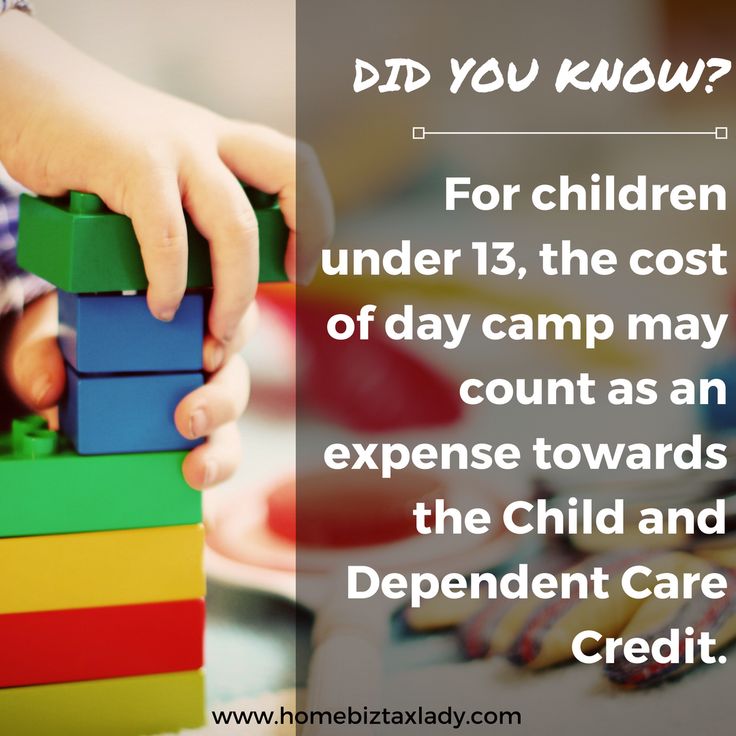 Petersburg, has changed:
Petersburg, has changed:
Payment for kindergarten in 2022 year (from 01.01.2022)
COMPENSATION
0003
- on paper to a state educational institution implementing educational programs for preschool education;
- on paper to the St. Petersburg State Institution "Multifunctional Center for the Provision of State
and Municipal Services";
- in the form of an electronic document through the federal state information system "Unified portal of state and municipal services" and the portal "State and municipal services (functions)
in St. Petersburg. who replace them, whose children attend kindergarten in the amount of:
In accordance with Chapter 18 of the Social Code of St.0003
Parental fee is NOT charged for the supervision and care of children in state preschool and other state educational institutions engaged in educational activities for the implementation of educational programs of preschool education (hereinafter referred to as the parental fee), relating to the following categories of children:
- disabled children;
- orphans and children left without parental care;
- children with tuberculosis intoxication; nine0003
- children attending groups implementing adapted basic general educational programs of preschool education;
- children whose families include a disabled child;
- children whose both or the only parent (legal representative) are disabled of I or II group;
- children, one of whose parents (legal representatives) is a military man military service ;
- children whose one of the parents (legal representatives) holds a full-time position in a state preschool or other state educational institution that carries out educational activities for the implementation of educational programs for preschool education.

